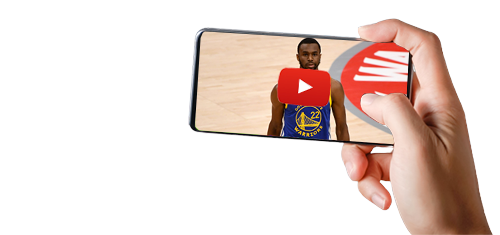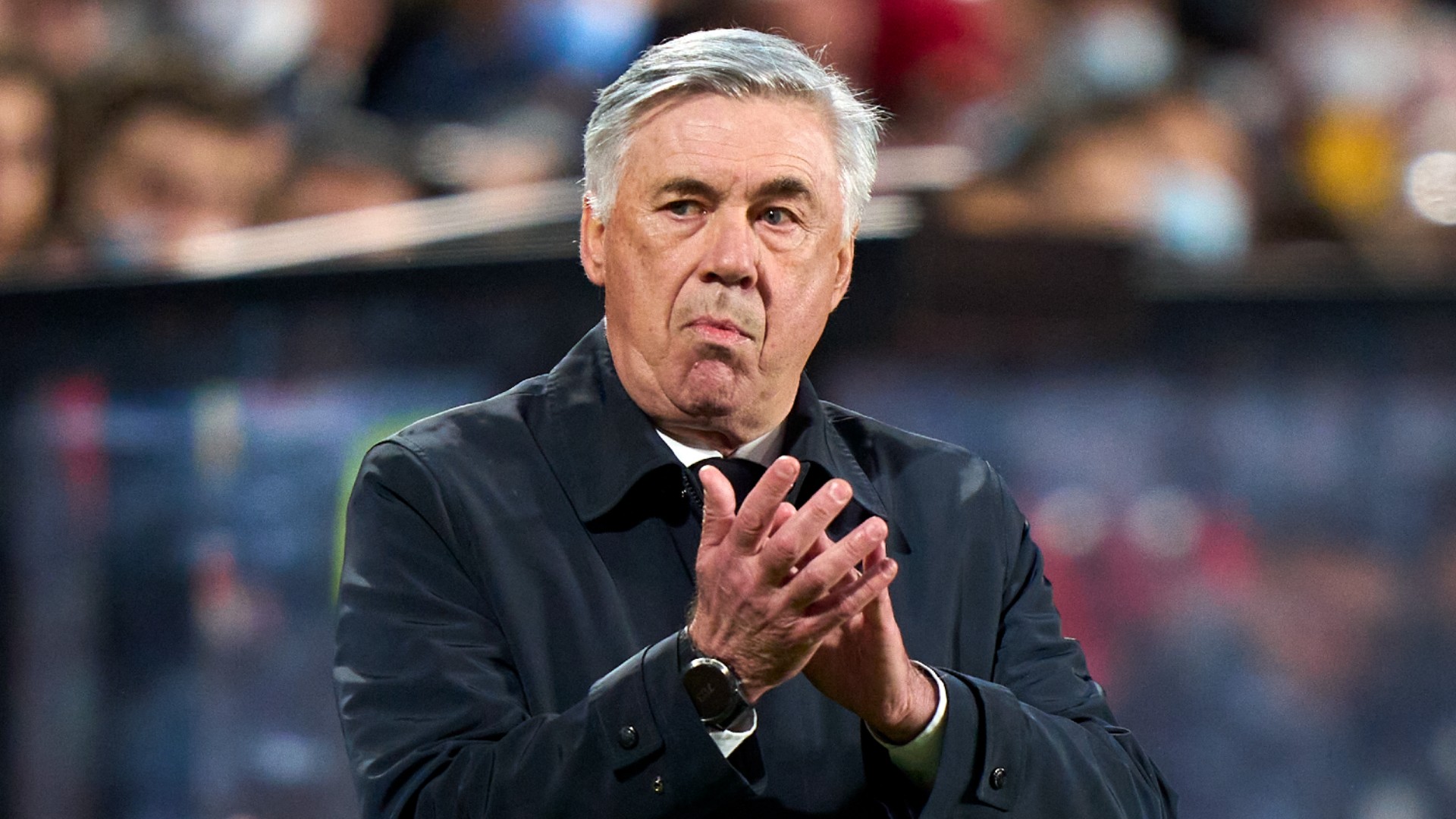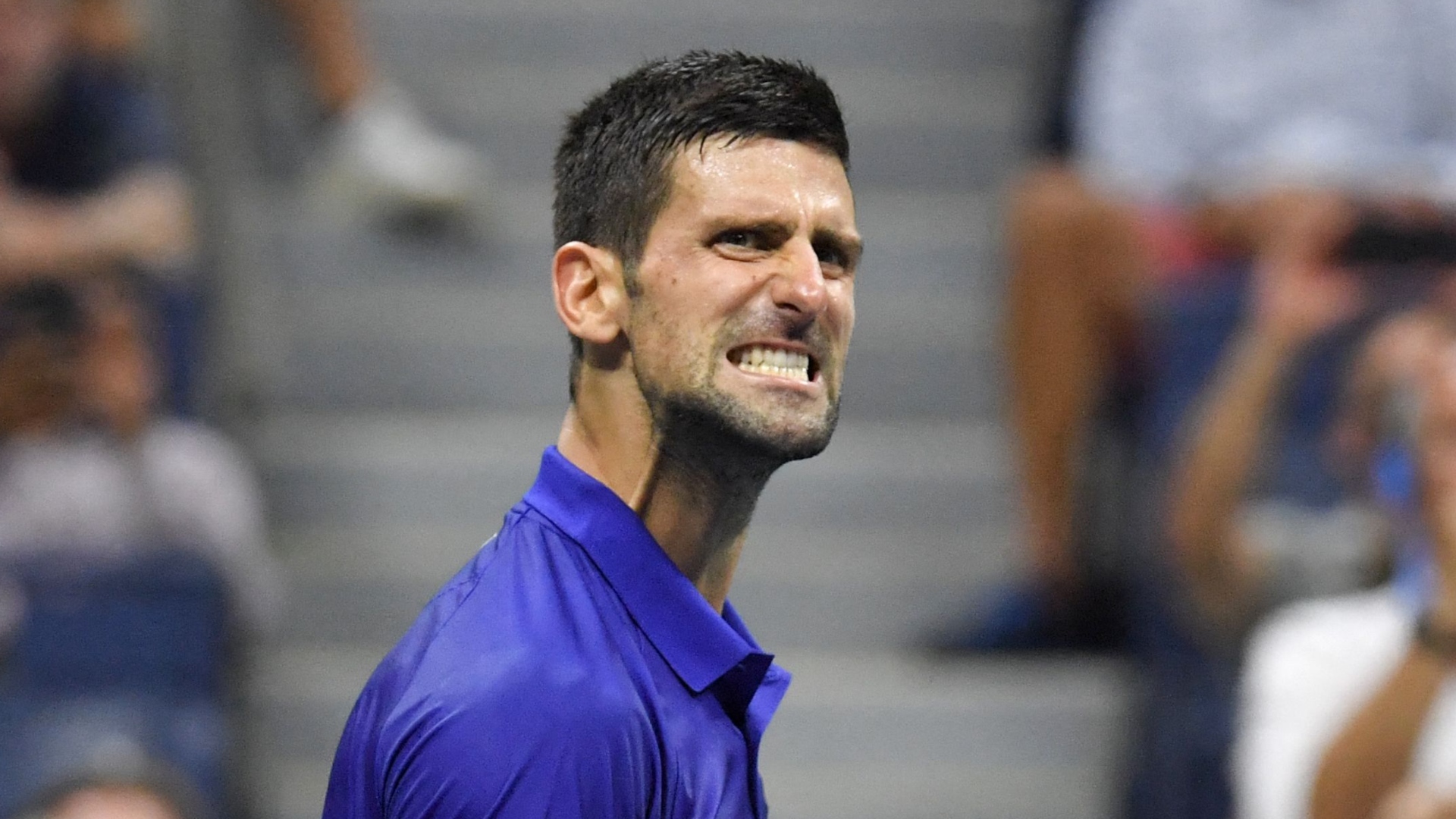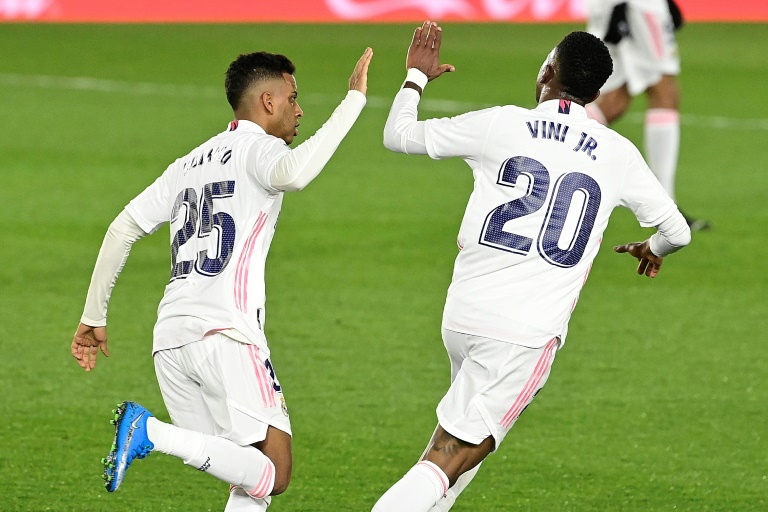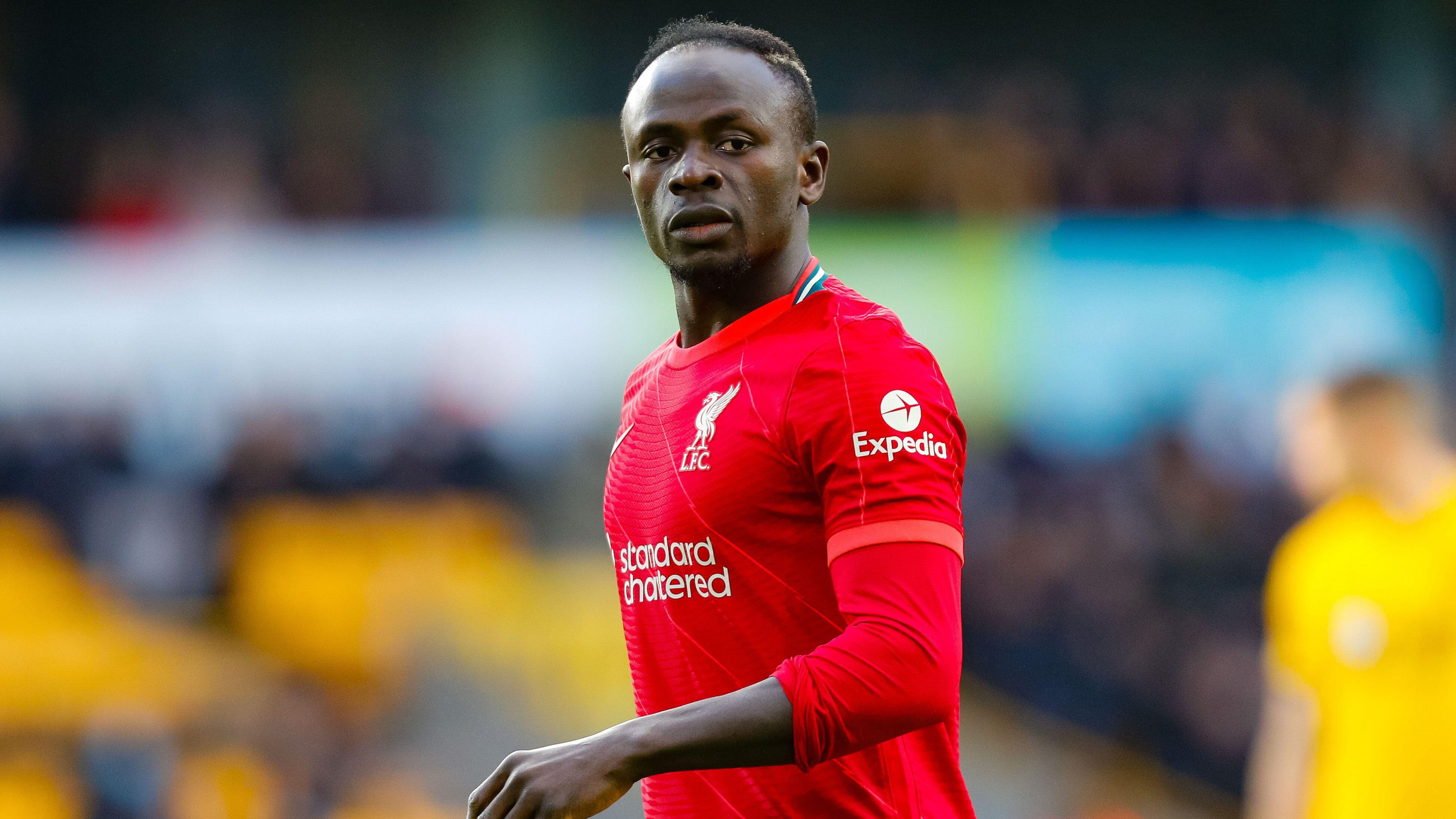
Sadio Mane has enjoyed a resurgence since being switched to centre-forward.
Due to injuries to Diogo Jota and Roberto Firmino, Jurgen Klopp moved Liverpool’s No10 from the left to the middle following his return from Senegal’s victorious Africa Cup of Nations campaign.
And that enforced tactical tweak has paid dividends, with the former Southampton star looking like his old self again after an uncharacteristically sub-par patch.
The Reds take a 2-0 lead into the second leg of their Champions League last-16 clash with Inter Milan at Anfield — where Mane could be set to lead the line once again tonight.
Somewhat familiar territory
Klopp’s use of Mane at centre-forward is nothing new — he has done it a number of times over the past few years.
That said, it tended to be when Liverpool set up in a 4-2-3-1 formation, which would sometimes shift to a 4-2-4 when attacking.
Lately however, Mane has spent a sustained period of time as a central striker in the Reds’ familiar 4-3-3 system.
He has featured there in each of his last four starts — including the Carabao Cup final against Chelsea.
Back to his best
Mane, 29, was enduring a barren spell prior to his change of role, scoring just once in 12 games and failing to register an assist over that period.
But this switch of position appears to have reignited the attacker, who is suddenly performing like the player Liverpool fans have come to know and love.
With four goals in his last five appearances — including a brace in last month’s 6-0 thrashing of Leeds — Mane has helped his side remain unbeaten since the turn of the year.
Statistically speaking
Mane has spent most of his career as a free-scoring winger.
He memorably notched 22 Premier League goals in 2018-19 while playing out wide to share that season’s Golden Boot with Mohamed Salah and Pierre-Emerick Aubameyang.
Nonetheless, it is worth noting his markedly improved goals output since moving to centre-forward, despite the small sample size.
From the start of the season until the first leg of this tie — his last appearance on the left flank — Mane averaged 0.41 goals per 90 minutes. Since then, that rate has shot up to 1.01 per 90.
And that is despite only having slightly more shots (3.54 compared to 3.1 per 90). It is early days for Mane in terms of stepping into the shoes of Jota or Firmino but the signs are certainly positive.
The next phase?
With January arrival Luis Diaz making a scintillating start to life at Anfield and Salah on fire, could Mane morph into a No9 on a more permanent basis?
While Klopp’s fondness for fluidity in attack will surely see the 5ft 9in frontman line up in his traditional spot when called upon, there is a reasonable chance he could become more of a striker than a winger in the months ahead.
With ferocious pace, an indefatigable work rate and excellent aerial ability, you can hardly say he is not well equipped.
‘Absolutely insane’
Mane’s aforementioned brace against Leeds saw him overtake Didier Drogba as the second-highest African scorer in Premier League history — and Klopp enthused about his display after that match.
He said: “Mane’s game was probably one of his best in the way he interpreted his role. Absolutely insane.”
The Reds boss then singled the 87-cap international out for special praise after he bagged the winner against West Ham last Saturday.
He added: “I saw a lot of top individual performances — Mane was one of them. He is really difficult to defend against.”
Both Klopp and Mane will be hoping he gives plenty more defenders nightmares as Liverpool chase an unprecedented quadruple.



